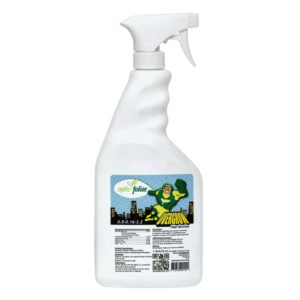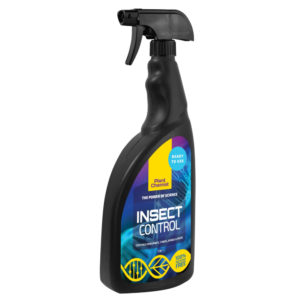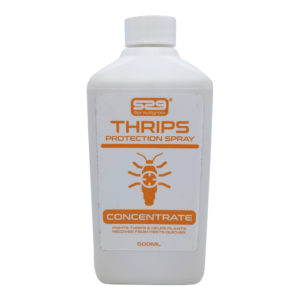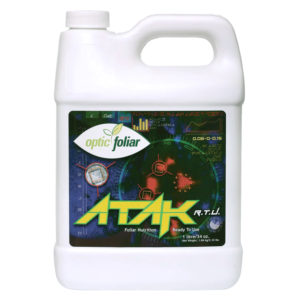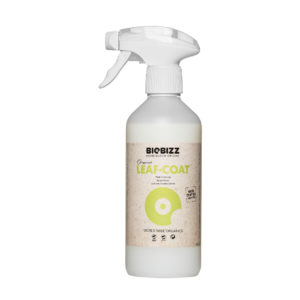Pests and Disease Control Products
Nutrients and Fertilizers
Nutrients and Fertilizers
Nutrients and Fertilizers
Nutrients and Fertilizers
Leaves
Garden Pest Control Products
There’s nothing better than seeing your plants thrive, especially after putting in so much effort to provide them with proper care. It’s the ultimate reward. But no matter how hard you work, you may face unexpected challenges. Garden pests and diseases can ruin the best gardens. Fortunately, there is a way out. With the right garden pest control products, you can combat insects and diseases and prevent them from reappearing ever again.
? A bad surprise: common pests and diseases
No garden is immune to pests and diseases. Some are attracted to large green leaves, and the damage they cause may be easier to spot. Others operate underground and are more difficult to notice but will still cause your plants to droop, brown, or dry out. Apart from the direct damage they cause, some insects can even spread viruses from one plant to another.
Here are some of the most common intruders and what harm they cause:
- Aphids suck the liquids out of plants by piercing their stems. As a result, leaves will usually curl or become yellow. If you spot ants going up and down stems, that’s a clear sign of an aphid infestation.
- Red spider mites (also known as two-spotted spider mites) are another sap-sucking pest that can become a real nuisance. They’re very tiny and colonize plants, leaving behind silky webbing, distorted leaves, and weakened plants.
- Whiteflies also suck out valuable nutrients from plants, leaving black spots on the leaves. Frequently found in greenhouses, they can cause infestations and weaken plant growth.
- Thrips puncture plant tissue and feed on foliage, resulting in leaf stippling, curling, etc.
- Slugs, or ‘snails without shells,’ can devastate your garden by biting big holes into leaves or along their edges.
- Black vine weevils feed on leaves as adults, while larvae eat plant roots, thus killing the plant. They can cause heavy damage.
- Leafhoppers hide on the underside of leaves. Unlike grasshoppers that bite holes in leaves, leafhoppers pierce them to suck on the juice. This causes white speckling, yellowing, stunting, etc.
- Scale insects are yet another sap-feeding insect. You will notice scales or small bumps on plant stems and underneath leaves. Plants will appear withered and may be covered in a sticky substance.
- Mealybugs are a species of scale insect. Their bodies are covered in a white powdery coating, so they may simply look like fungus early in their development. Mealybugs excrete sticky honeydew on leaves.
- As the name suggests, Lily beetles are largely attracted to lilies, fritillaries, and nomocharis. They create holes in the leaves and eat flowers, flower buds, and pods. Lily beetle eggs are orangey-red and can be spotted on the underside of leaves. It’s actually the voracious larvae that cause the most damage.
- Nematodes are soil pests that feed on plant roots, thus reducing root mass, impeding nutrient absorption, and slowing growth.
- Termites can also hide in plant roots and feed on them, although they’re typically associated with dry wood.
Your plants can also become victims of fungal diseases such as:
- Powdery mildew – It’s characterized by white or greyish powdery spots on the leaves. While it’s not too aggressive, it can weaken your crops, hinder blooming, and reduce yield if left untreated.
- There are also other types of fungi that cause root rot, rust, wilt, and more.
The best defence system
⚠ You can take various countermeasures to restore your plants to full health. Some gardeners prefer to use toxic insecticides for garden pest control. While those effectively control bug infestations, they can have devastating side effects. Such poisonous products are harmful to people, pets, and wildlife. Not to mention the long-term negative impact on harvests.
? With that in mind, it’s best to rely on organic plant protection against pests and disease. Products containing all-natural ingredients are just as effective but have no detrimental consequences on the environment. You can buy pest control products that control a particular issue or have a combined effect against several pests for a more cost-effective approach.

